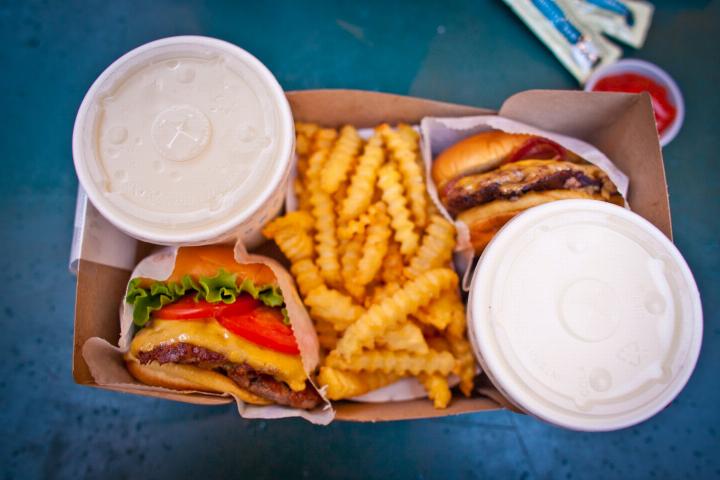“Would you like fries with that?” This ubiquitous question, a staple of American dining culture, highlights the enduring popularity of the French fry. From Michelin-starred restaurants to fast-food chains, French fries have become the quintessential side dish. But how did this simple potato preparation achieve such widespread acclaim? And are we limiting ourselves by only pairing them with burgers?
Mysterious Origins of the French Fry

The precise origin of the French fry remains a culinary mystery, with both France and Belgium vying for the title. Brought to Europe by the Spanish, the potato initially struggled due to poor growing conditions and a bitter taste. However, decades of cultivation led to improved varieties, paving the way for its eventual culinary dominance.
Belgium is often credited with pioneering the practice of frying potato strips, possibly as early as the late 17th or early 18th century. Legend suggests that villagers in the Meuse region, reliant on fried fish from the local river, turned to potatoes as a substitute when the river froze during winter. This potentially birthed the first iteration of the French fry.
This narrative is contested, with both France and Spain claiming their own contributions to the French fry’s creation and rise to fame. In the United States, the term “French fry” emerged in 1802 when Thomas Jefferson requested “potatoes served in the French manner” at a White House dinner. By 1856, “French fried potatoes” appeared in print, notably in an E. Warren cookbook. The term solidified its place in the English language, and the humble side dish embarked on its journey to culinary icon status.
French Fries Around the Globe
 French fries served in a paper cone
French fries served in a paper cone
French fries remain a global culinary phenomenon. In the US, they are synonymous with fast food, offered as the default side dish. While alternatives exist, none have rivaled the salty, crispy, and hot appeal of French fries, perfectly complementing burgers and various condiments like ketchup, mayonnaise, and ranch dressing. Their profitability further cements their status: inexpensive, quick to prepare, easy to sell, and easily discarded when unsold, minimizing losses for restaurants.
However, the American perspective on French fries represents just one facet of their global presence. In Belgium, they form an integral part of moules-frites, a beloved dish combining mussels and fries. This dish, born from combining readily available and affordable ingredients, gained iconic status in Belgium and enjoys popularity in France and Jersey.
In France, steak frites reigns supreme in brasseries nationwide. While steak preparations and sauces vary, the essential role of French fries remains constant.
Decoding the Popularity
Why the enduring appeal of French fries? While other side dishes could complement proteins equally well, several factors contribute to their widespread popularity. Their initial rise in Europe likely stemmed from dishes like steak frites and moules-frites. American soldiers stationed in Europe during World War I developed a taste for them, fueling demand upon their return. This coincided with the rise of fast-food restaurants in the US. White Castle, recognizing an opportunity, began serving fries with their burgers, setting the stage for the French fry’s widespread adoption.
The French fry’s evolution from a humble fish substitute to a global culinary staple is a testament to its enduring appeal. Its journey reflects a remarkable culinary transformation, solidifying its place as the world’s most celebrated side dish.

